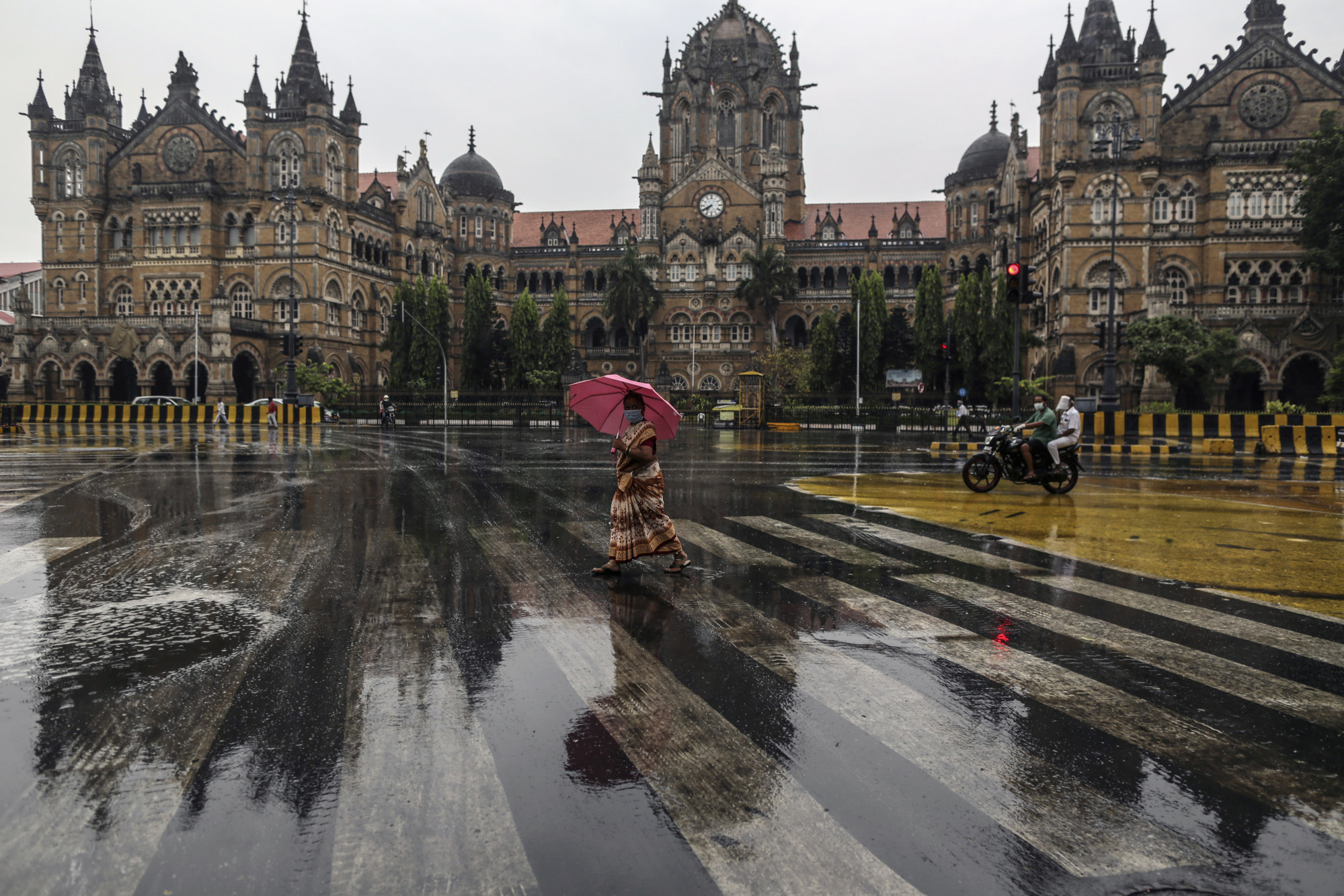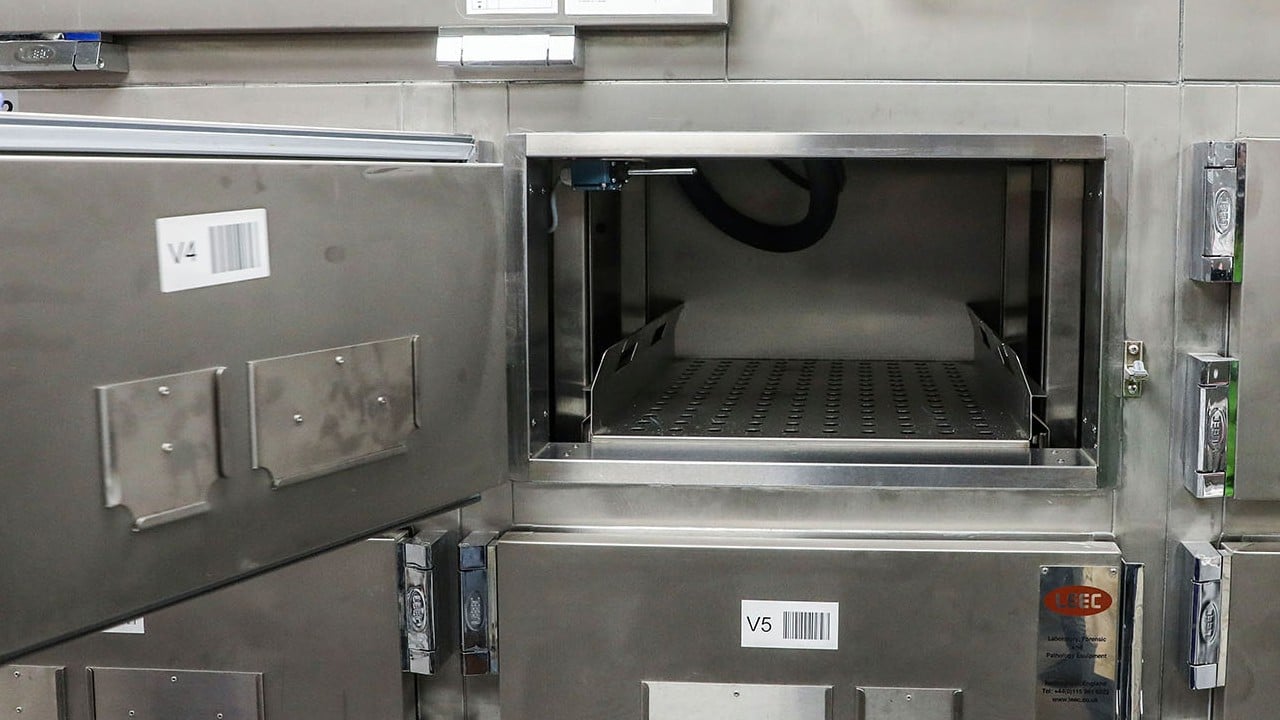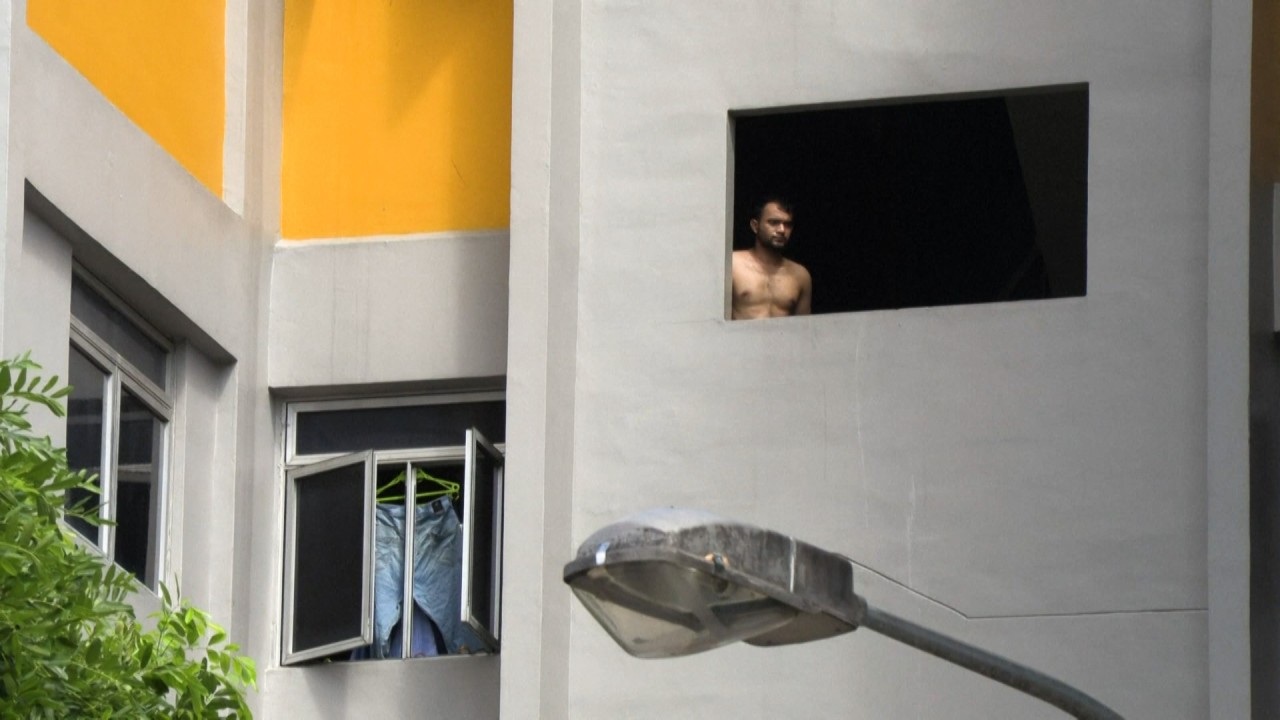
As Hong Kong battles Omicron, a look at Asia’s lockdowns: from Singapore’s ‘circuit breaker’ to Malaysia’s MCO and the Philippines’ ECQ
- Malaysia enacted a ‘movement control order’ to stop the virus from spreading in March 2020, while Singapore imposed a ‘circuit breaker’ lockdown in April 2020 after cases surged in its migrant worker community
- The Philippines had one of the longest and strictest lockdowns over two years, while India’s economic shutdown prompted an exodus of migrant workers returning to their hometowns
Singapore
During the lockdown, people had to work from home, they weren’t allowed to visit other households and could only go out for groceries or outdoor exercise. There was no dining in, gyms, malls, hair salons and cinemas were closed and life came to a standstill for the usually densely packed city. Only essential services like food delivery, newspapers and health care were allowed to operate as usual.
The lockdown did help suppress infections in the general population. By the end of the eight weeks, there were fewer than 10 of those infections a day compared to almost 50 cases a day at the start of the lockdown. Dormitory infections remained high and those workers continued to have their movements restricted even after the lockdown ended.
Singapore also took pains to exit the circuit breaker slowly in three phases. First allowing schools and some services like hairdressing to resume and letting households receive two visitors, then allowing people to gather in fives and to dine-in, with groups of eight allowed in the last phase.
Malaysia
Malaysia imposed a lockdown on its population on March 18, 2020, two months after recording its first coronavirus cases on January 25 – three Chinese nationals who were in the country for a visit. Known locally as the Movement Control Order (MCO), the lockdown measures aimed to limit the movement of Malaysia’s 32 million people.
At the height of the pandemic, everyone was required to remain at home except for a single “head of the family” who was allowed to go out to buy basic necessities from markets, grocery stores, and restaurants from morning until 8pm, when even essential businesses needed to shut down.
With the virus not widely understood in early 2020, the government even banned solo recreational activities such as jogging, much to the chagrin of folks overwhelmed by cabin fever. These were eventually relaxed as the risk of infection was more understood.

The public was also limited to travelling within their own district, with police and military setting up blockades on major roads into other districts and states. Initially mandated nationwide, the lockdown order was eventually shifted to a state-by-state basis as some places were more severely affected than others.
While the government initially handed those who violated lockdown rules a penalty of up to 1,000 ringgit (US$238), it later went one further and arrested and remanded them in jail, a move that was panned as those thrown in prison risked catching Covid-19 in the cramped lock-up facilities.
Lockdown measures were gradually lifted from June last year as Malaysia transitioned into its National Recovery Plan, with interstate travel being the last restriction to be eased. All in all, the MCO lasted from March 2020 until June 2021, from which 75 days of total nationwide lockdown instated.
Philippines
With almost two years of on-and-off lockdown restrictions, the Philippines had one of the world’s longest and strictest restrictions to curb the spread of the virus among its 108 million people.
In November, thousands of Filipino children returned to school for the first time in 20 months, in a phased reopening after the pandemic disrupted the education of 27 million students.
Australia
In October last year, Melbourne residents flocked to the city’s pubs, restaurants and hair salons after spending weeks indoors in the world’s most locked-down city.
Australia’s second-largest city endured more than 260 days, or nearly nine months, of restrictions during six separate lockdowns from March 2020, representing the longest cumulative lockdown for any city in the world.
Under the lockdown, a curfew was imposed from 9pm to 5am every night. People had very limited reasons to leave their home, and there was increased police presence across metropolitan Melbourne to ensure public health measures are enforced. Authorised workers were required to carry permits when working, and when travelling for work. The permits needed to be certified by an employer.
Also in October, people in Australia’s largest state Sydney celebrated “freedom day” after almost four months of lockdown to drive down infections from a Delta outbreak.
The lockdown was eased after the state hit a targeted 70 per cent of the eligible population being fully vaccinated.
India
India locked down its 1.3 billion people when it battled three major waves of infections, including a deadly Delta outbreak which saw some 400,000 daily cases recorded at the peak in April 2021.
Maharashtra, one of India’s largest states and home to the financial capital of Mumbai, was among the epicentres of the pandemic. Other places including Bangalore, Delhi, Haryana, Orissa state, Rajasthan state, and Uttar Pradesh also saw soaring cases, and carried out various lockdowns lasting between seven and 62 days.

Schools, industrial establishments and hospitality services were also suspended. Services such as food shops, banks and ATMs, petrol pumps, other essentials and their manufacturing were exempted. The Home Ministry stated that anyone who failed to follow the restrictions could face a year in jail.
Vietnam
Vietnam was lauded by international health experts for implementing one of the world’s best-organised epidemic control measures amid the Covid-19 pandemic.
On March 31, 2020, the government ordered a nationwide lockdown to stop the spread of the coronavirus, which succeeded in stamping out the virus.
But cases surged again the following year and in August 2021, and lockdowns were launched to prohibit people from going out, except to shop for basic necessities or go to work at businesses allowed to remain operational. Community support groups had to secure permits from local authorities to deliver help to vulnerable groups.
The cities of Da Nang, Hai Doung, Chi Linh City, Bac Ninh, Bac Giang all had lockdowns varying from 14 to 39 days. Troops were deployed to help with the lockdown in Ho Chi Minh City, which was the epicentre of the second wave.
Britain
Britain had numerous lockdowns, on several occasions. Some isolated cities, others stretched country wide. The stay at home orders ranged from three weeks to 112 days.
At various points, Schools and kindergartens were closed. Non-essential shops were closed. People could only leave their homes to buy food, or seek medical attention or supplies. Recreational venues were closed, as were most public places.
New powers were given to police to issue instant fines those who leave their homes without good reason or broke social gathering orders.
France
France imposed three nationwide lockdowns, ranging from 29 to 55 days.
Measures included the closure of non-essential shops, the suspension of school attendance, a ban on domestic travel and a nationwide curfew from 7pm-6am.
On 13 January, the French Senate approves President Macron’s new set of measures that include a vaccine pass to enter public facilitates.
Italy
Italy issued three national lockdowns, and was the first European country to take such a drastic measure during the pandemic.
On February 22, 2020, Italy announced a new decree imposing the quarantine of more than 50,000 people from 11 municipalities in Northern Italy. The quarantine zones are called the Red Zones and the areas in Lombardy and Veneto outside of them are called the Yellow Zones. Penalties for violations range from a €206 fine to three months of imprisonment The Italian military and law enforcement agencies were instructed to secure and implement the lockdown.
Schools were closed in ten municipalities in Lombardy, one in Veneto and one in Emilia Romagna. All public events were cancelled. All religious services were cancelled. Regional train services to the most affected areas were suspended,
People with symptoms were advised to call an emergency number (112), instead of going directly to hospitals, in an effort to limit the disease’s spread.
Reporting by Kok Xinghui, Hadi Azmi, Reuters, Bloomberg, Agence France-Presse








